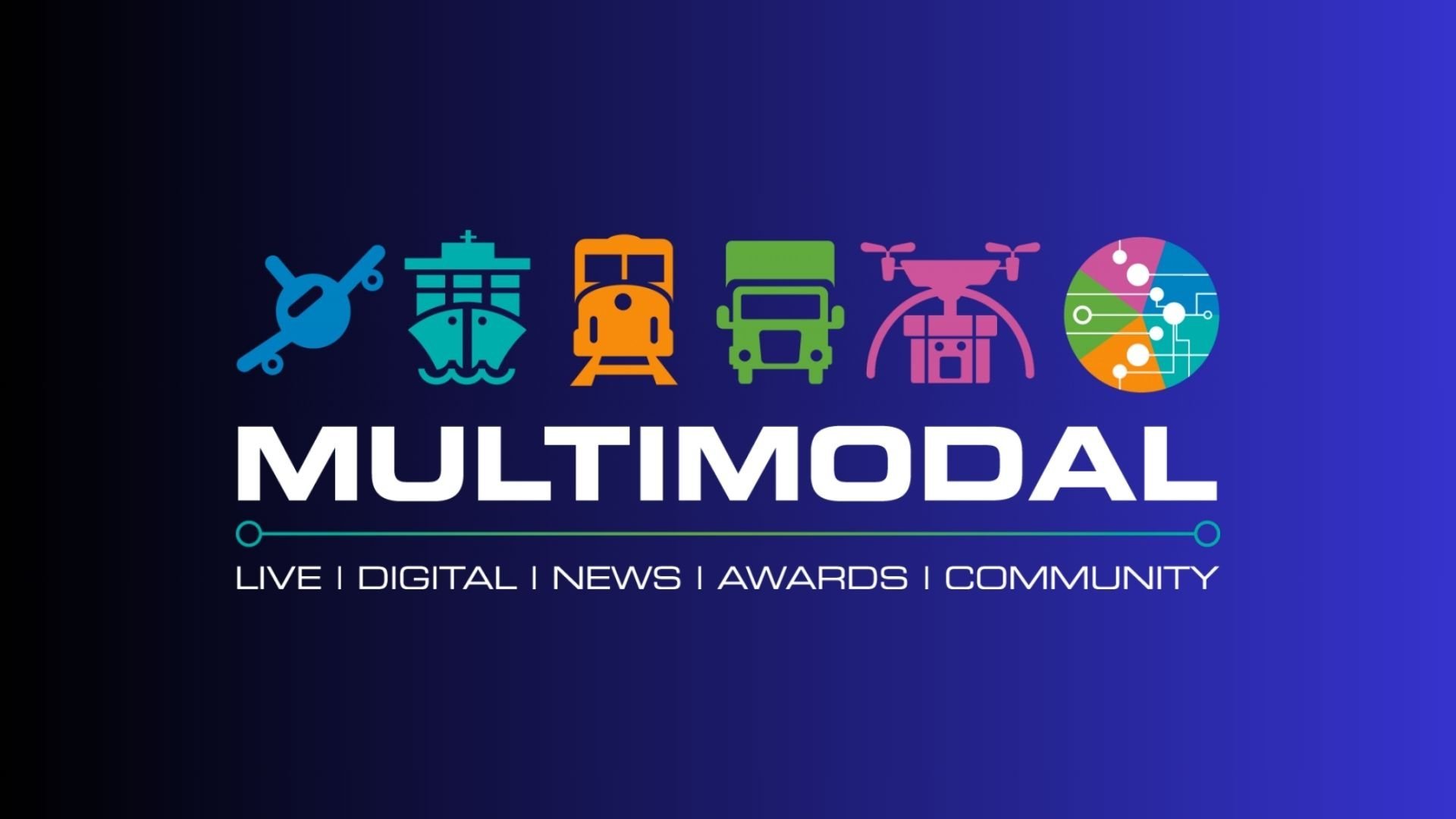Multimodal transport means a transport process that requires the use of more than one branch of transport, based on one contract. In this case, we should always remember to sign a multimodal transport contract. The transport takes place from a place located in one country to a destination located in another country.
Convention on international multimodal transport of product
The exact definition of multimodal transport has been included in the Convention on International Multimodal Transport and reads as follows:
“International multimodal transport means the carriage of goods by at least two different modes of transport on the basis of a multimodal transport contract from a place in one country at which the goods are taken in charge by the multimodal transport operator to a place designated for delivery situated in a different country. The operations of pick-up and delivery of goods carried out in the performance of a unimodal transport contract, as defined in such contract, shall not be considered an international multimodal transport.”
Goals and benefits
The main goals when using this kind of transport are:
- Reducing transport cost
- Improvement of the product’s path from the manufacturer to the customer
- Minimizing delivery time
- Increasing the number of possible transport variants
- Improving the quality of services
- Creating more loading opportunities
- Reducing the risk of damage to the goods
The choice of this transport is also advantageous for the ordering party, which bears a single transport charge.
International transport has a special role here.
Multimodal transport operator
The functions of the operator, in other words, the key person in the organization of multimodal transport, can be served by a forwarder, logistics or sea, air, or a car carrier. The operator signing the contract also guarantees that he takes full responsibility for the transported goods, the completeness, degree of damage, or encountered transport problems.
The operator has the right to sign a contract with other carriers, thereby increasing and improving the services offered. However, he is then responsible for checking and coordinating their activities.
Operators can be divided into direct, who have their communication and transport fleet, or indirect, who must hire subcontractors to bring the transport order to effect.
Types of organizational solutions to the transport process
The type of organizational solutions to the transport process depend on the distance of transport and the availability of transport means.
Below you can see the examples:
- Car-rail transport
- Car-waterway transport
- Car-rail-waterway transport
- Car-air transport
- Car-rail-air transport
- Car-sea transport
- Railway-sea transport
- Car-rail-sea transport
Intermodal transport and comined transport
What is more, we can divide multimodal transport into intermodal transport and combined transport. Mostly they are used interchangeably. However, there are several things which are different.
Intermodal transport concerns the transportation of cargo using various modes of transport; however, in one load unit, e.g., in the same container, such a container is not opened during the whole transport process.
Combined transport is a service in which the unit is transported between various transshipment points by rail, sea, or inland waterway; however, its delivery from the sender and transport to the recipient uses road transport.
Documents
The most important document for this kind of transport is “FIATA Multimodal Transport.” Its creation facilitated many issues for importers and exporters. According to the rules of this document, the forwarder is responsible for the goods and damages caused on the whole route, and not only in individual means of transport.
Nowadays, this kind of transport is very popular. It brings many benefits and good solutions. Customers thanks to this option, can quickly, efficiently, and also cheaply transport their goods at different distances.





